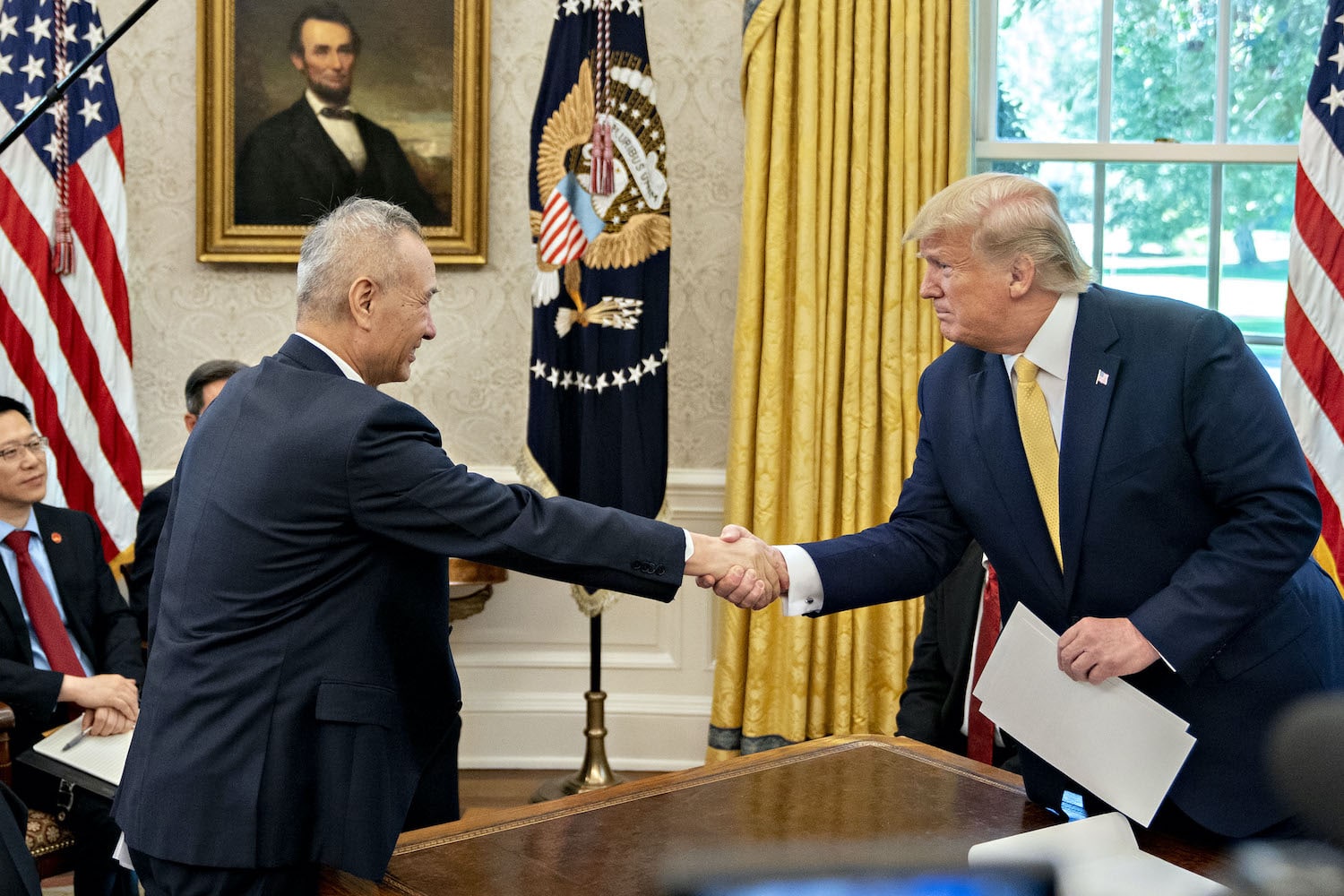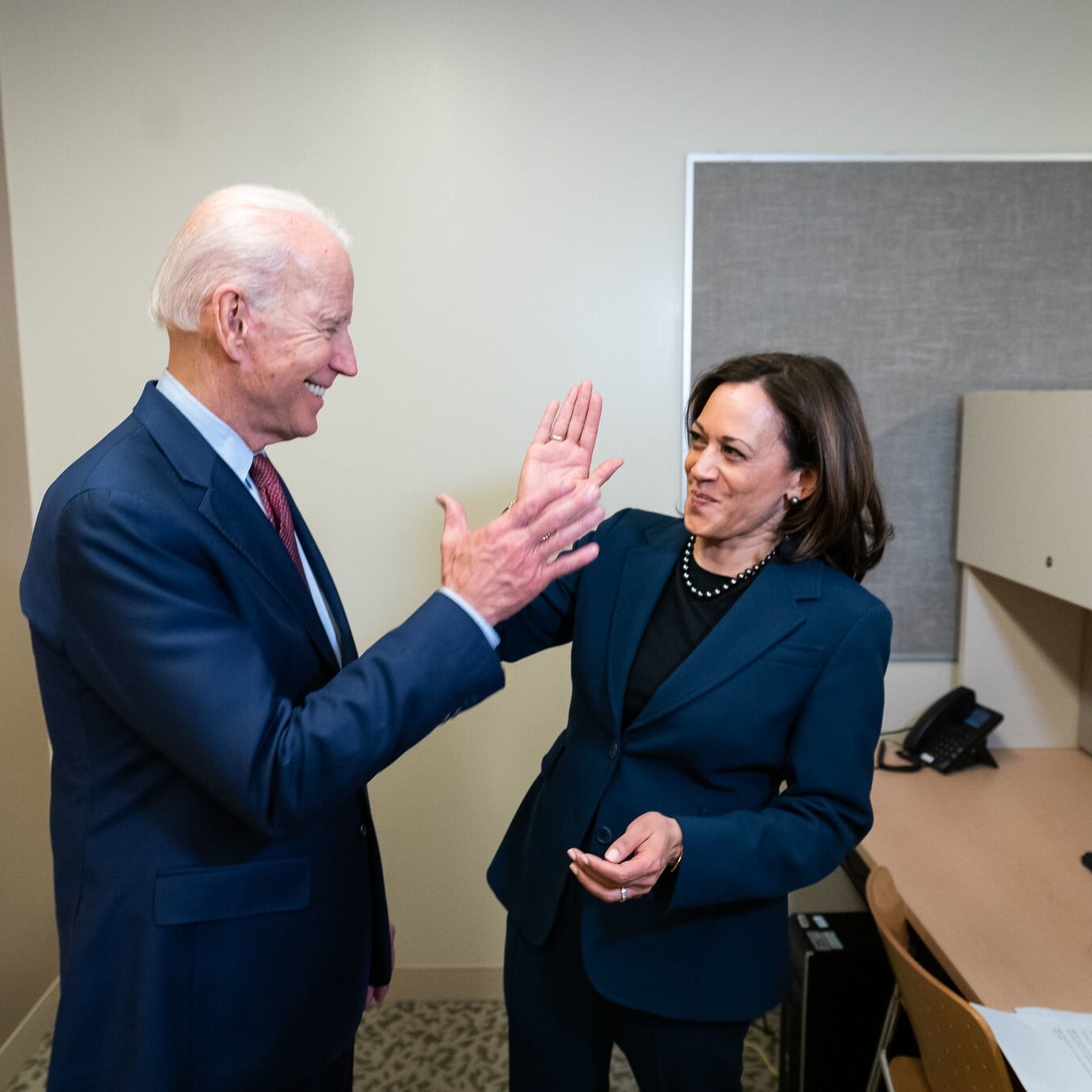Trump’s decision to call armistice in trade war with China could be milestone on his way to second term
Investors greeted a prospective US trade deal with China by bidding for stocks that had suffered the worst in this year’s economic slowdown, including energy equipment, retail and transportation names. The small-capitalization Russell 2000 Index, which had lagged the S&P 500 all year, handily outperformed. The stock market is saying that the economy’s problem during the past year was the trade war, and that a resolution of trade will lead to faster economic growth.
It’s not over until it’s over, but President Donald Trump might have secured his re-election on Friday by calling an armistice in his trade war with China.
The best-performing sectors in today’s market rally are the ones most sensitive to the overall condition of the world economy and world trade, starting with energy equipment, energy exploration and development, retail, mining and transportation. These are sectors that are exposed to the indirect effects of trade war with China.
The small-capitalization Russell 2000 Index, whose members typically are exposed to the US economy rather than to China, rose by 2.4% at midday, outperforming the broad market indices, which rose by about 1.4%.
The National Association of Purchasing Managers’ index of manufacturing activity fell during 2019 to the lowest reading since 2009. The September print of 47.8 indicates a manufacturing recession (an index level of 50 indicates no change). The Federal Reserve’s industrial production index also shows a manufacturing recession. As the above chart shows, the outperformance of the S&P 500 vs the Russell 2000 tracked the weakening in the US economy.
In fact, the relative performance of small-cap vs large-cap stocks is a fairly consistent predictor of future economic growth. The chart below shows the relative performance of small caps vs large caps against the NAPM Purchasing Managers Index during the past eight years. Lagged observations of relative stock performance are highly correlated with future values of the NAPM index.
That is no surprise; most economic growth comes from medium-sized companies, and investor commitments to high-growth stocks often anticipate improvements in the underlying economy. The lagging performance of the Russell 2000 earlier this year anticipated the economic slowdown.
One day’s trading, to be sure, doesn’t make a forecast, let alone a presidential election. There still are many obstacles to a US-China trade deal. Apart from the tariff war, the Trump Administration has conducted a tech war against Chinese companies, banning sales of US components to 28 Chinese tech companies earlier this week.
The biggest damage to the US economy from the tariff war was to throw investment indecisions into a miasma of uncertainty. Corporations in the US and overseas didn’t know where to locate supply chains and sat on their hands. As a result, investment fell, and became a net drag on GDP, offsetting an increase in consumer spending. The result was a sharp slowdown of growth as well as a manufacturing recession.
It will take some time to repair the damage to business decision-making arising from the trade war, but today’s stock market move shows how quickly expectations can turn around.
President Trump is on the right track, and future historians might cite today’s negotiations with China as a milestone on his way to a second term.
By DAVID P. GOLDMAN, ASIA TIMES
U.S. President Donald Trump, right, shakes hands with Liu He, China’s vice premier, during a meeting in the Oval Office of the White House in Washington, D.C., U.S., on Friday, Oct. 11, 2019. The U.S. and China agreed on the outlines of a partial trade accord Friday that Trump said he and China’s Xi Jinping could sign as soon as next month. Photographer: Andrew
Redazione
La redazione di Babilon è composta da giovani giornalisti, analisti e ricercatori attenti alle dinamiche mondiali. Il nostro obiettivo è rendere più comprensibile la geopolitica a tutti i tipi di lettori.
L’evoluzione dei sanitari a terra: design moderni e materiali innovativi per una scelta sempre più popolare
23 Dic 2024
Quando si parla di design di interni e arredamento sono tantissimi i fattori che entrano in gioco. Ciascuno di noi ha…
Se le questioni di genere dettano le agende di politica estera
19 Dic 2024
Il perseguimento di politiche identitarie da parte dell'establishment della politica estera occidentale sta portando a…
Dall’origine straniera all’icona americana: il fenomeno dello sport negli Usa
14 Mar 2024
Molti sport americani sono accomunati da un aspetto particolarmente curioso: raramente sono davvero nati sul suolo…
Roulette europea, francese o americana? Ecco un approfondimento
22 Set 2023
La roulette è un classico intramontabile dei casinò, amata da milioni di appassionati in tutto il mondo. Una delle…




